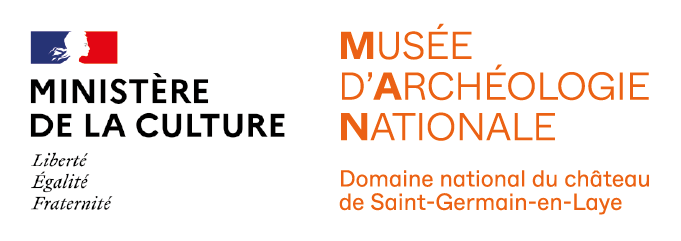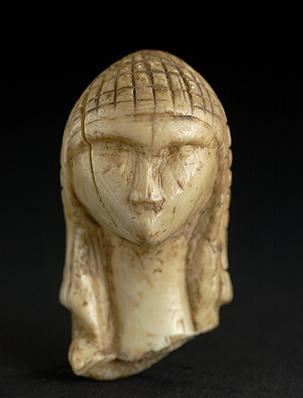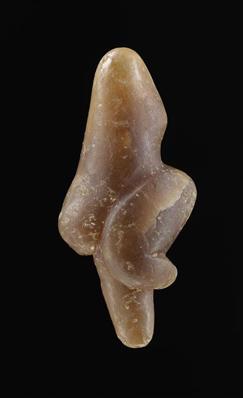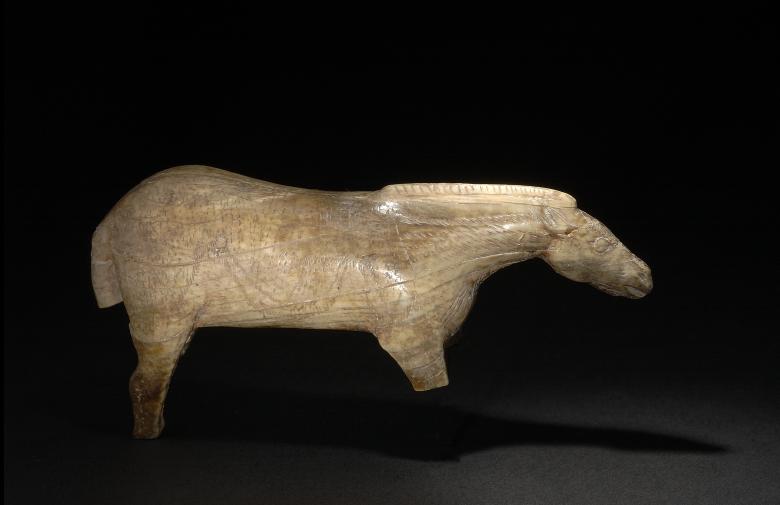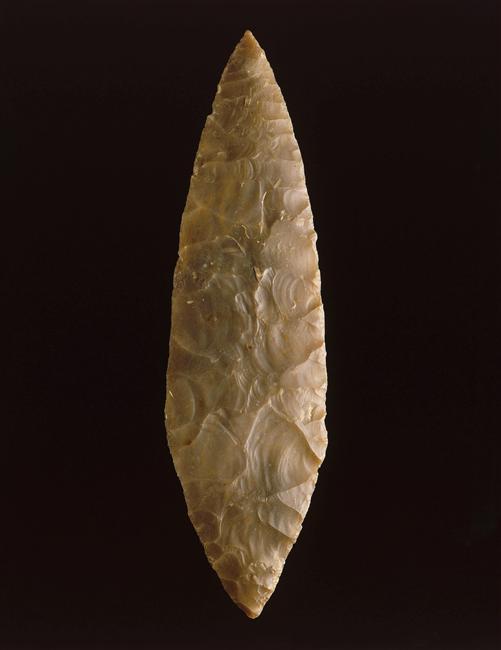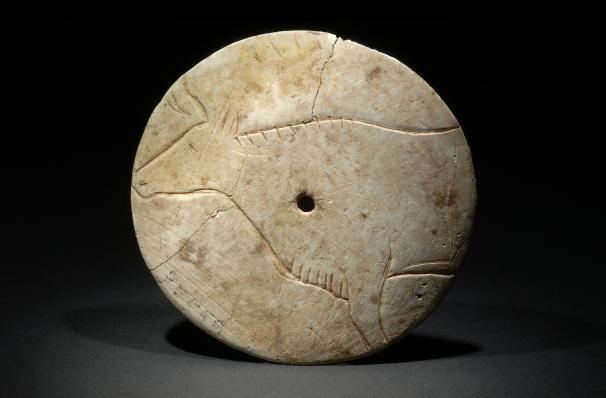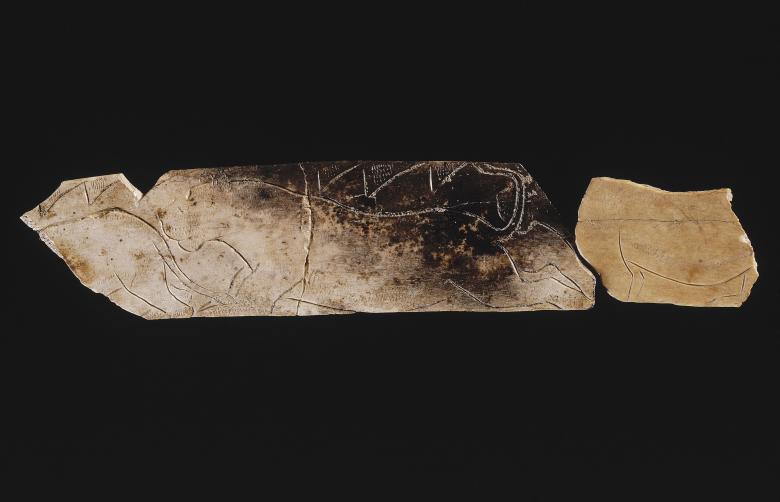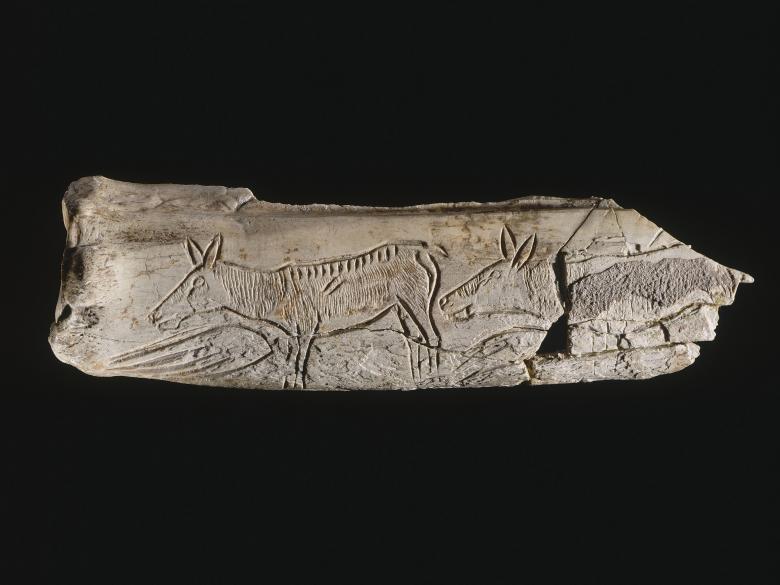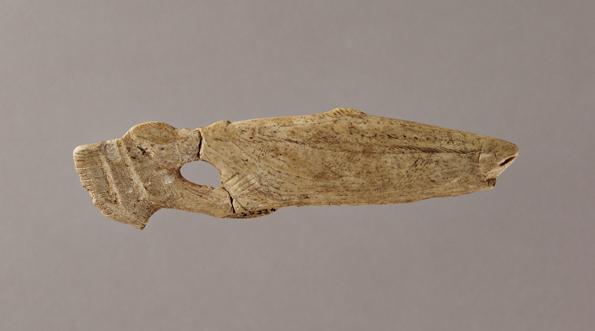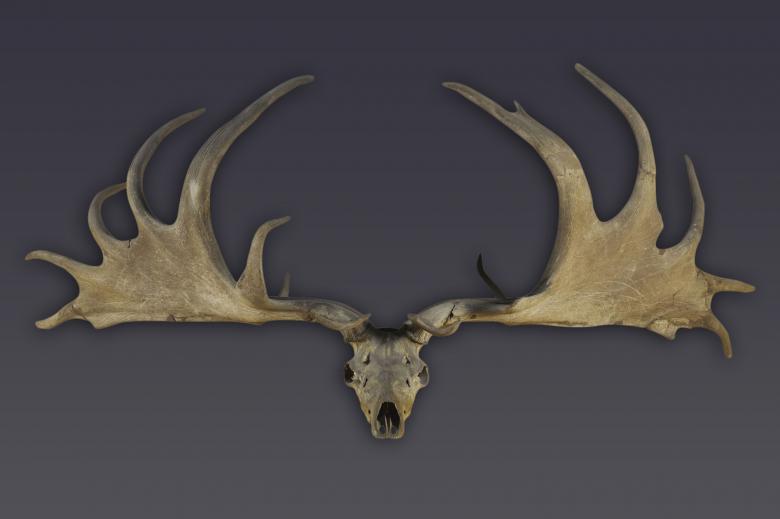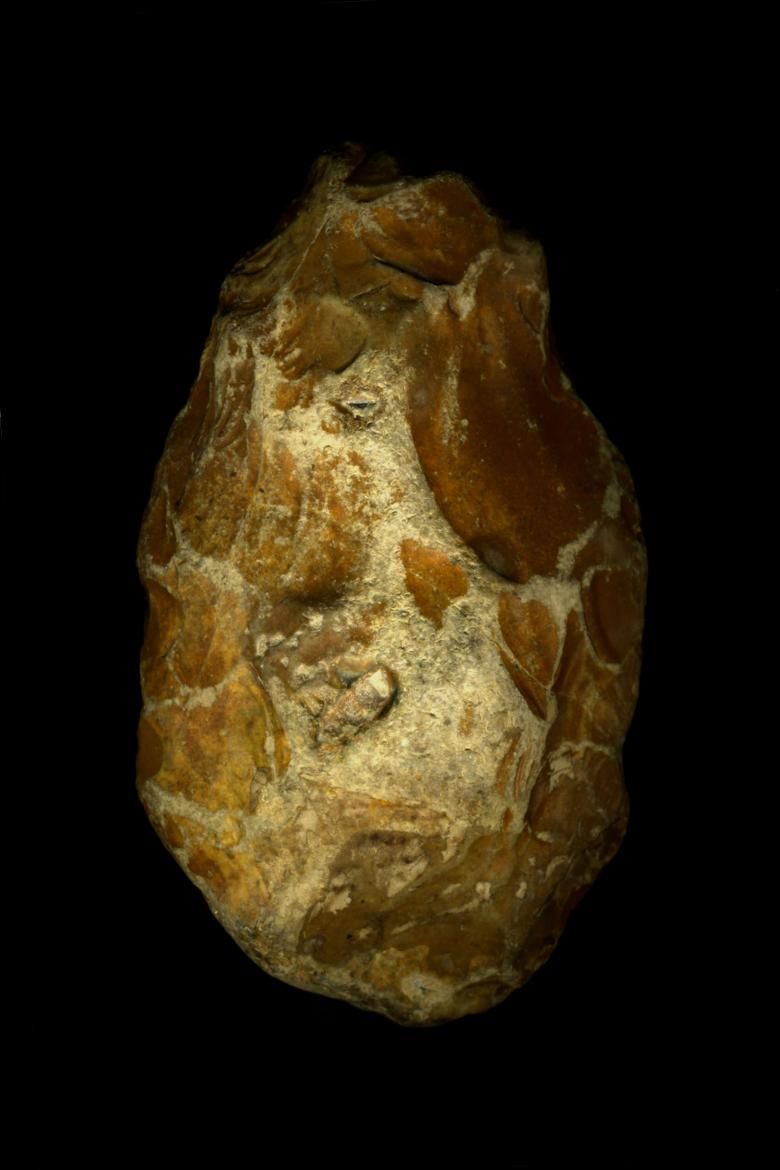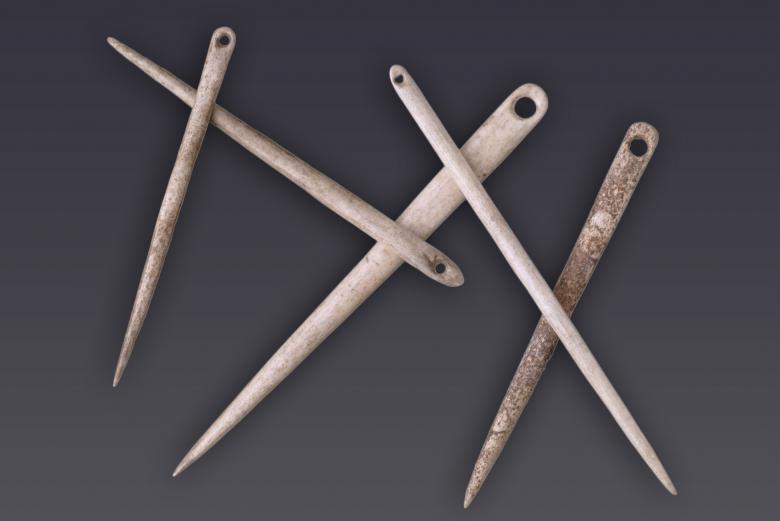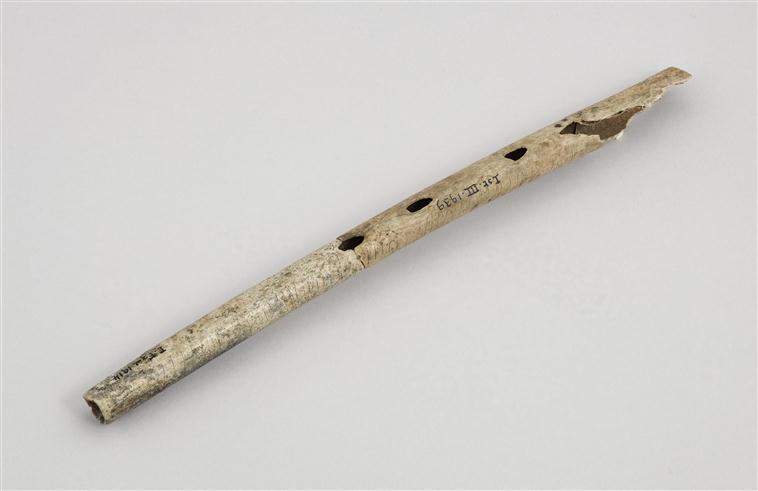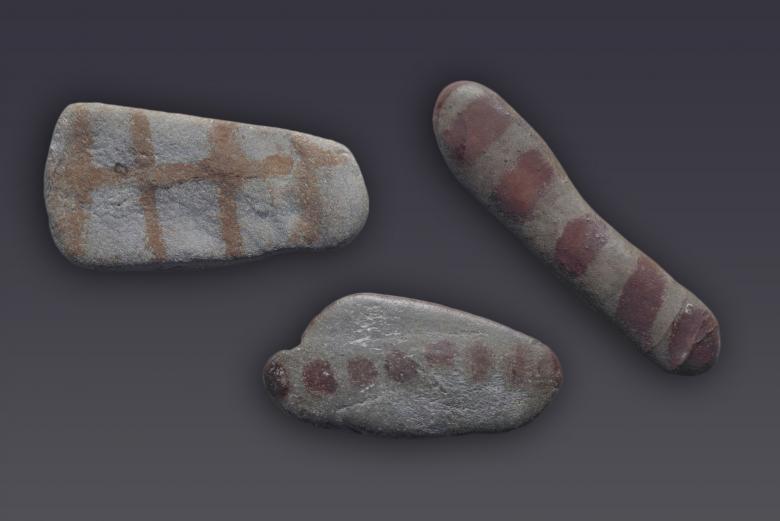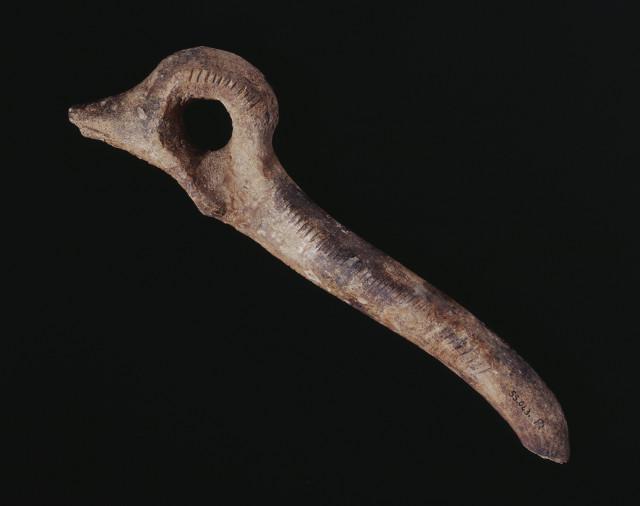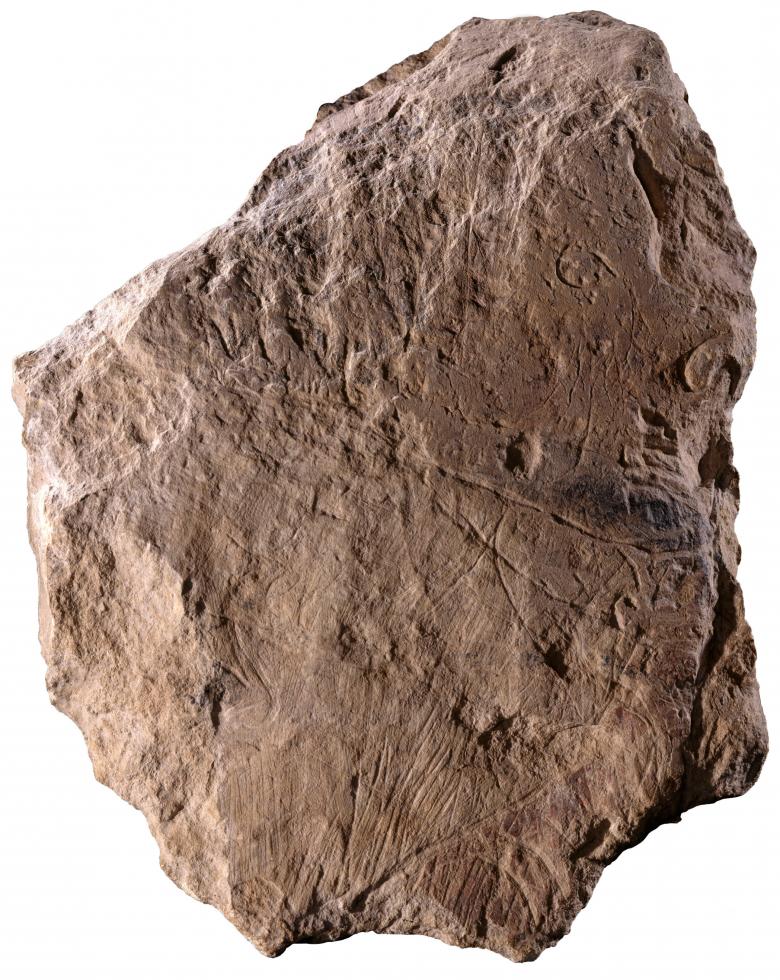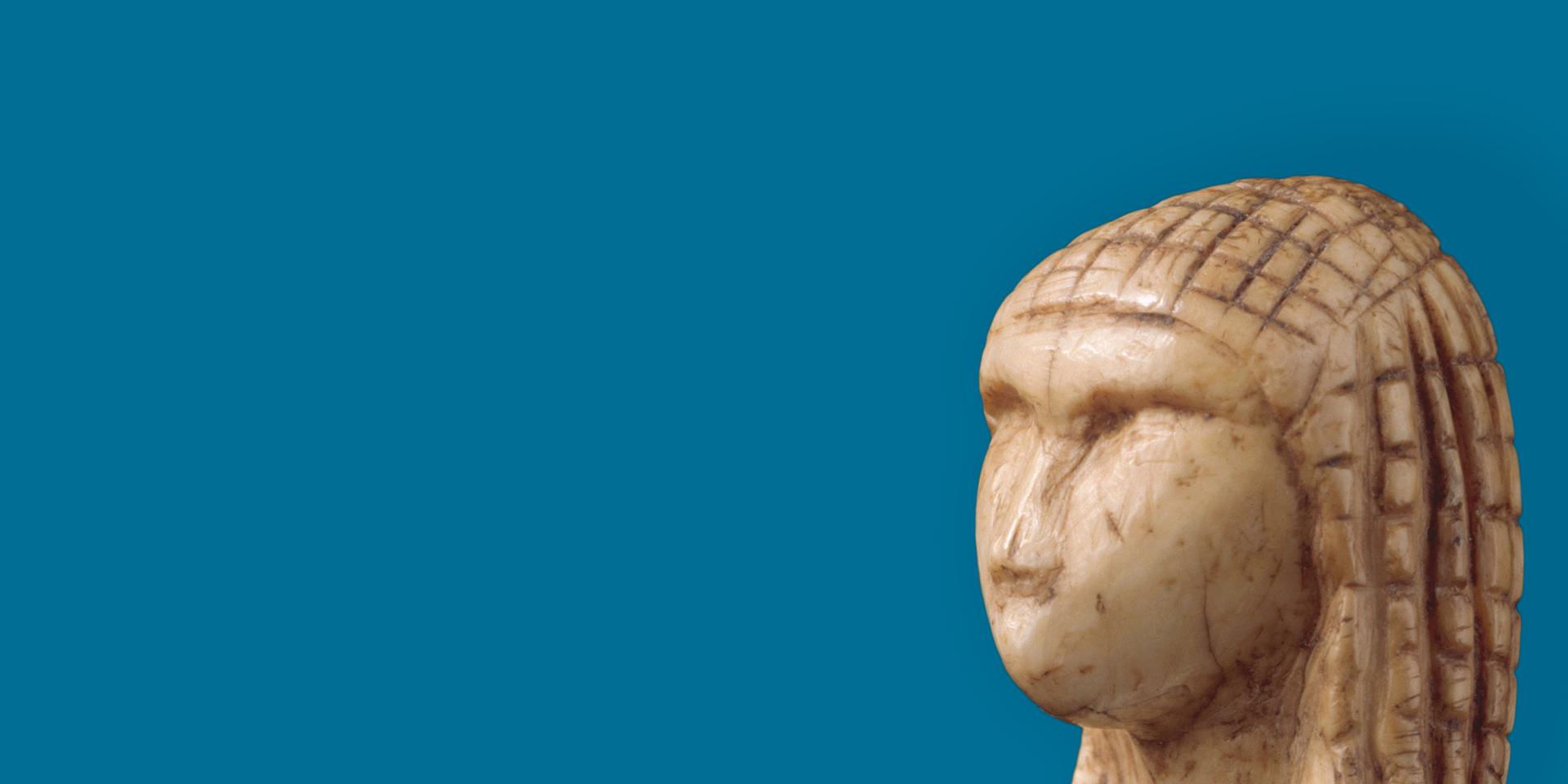
Collections
The museum exhibits around 30,000 archaeological objects, making it one of the largest collections in Europe.
These objects bear witness to human activities from the origins of prehistory (Palaeolithic) to the Carolingian era.
The museum holds more than two million objects in its reserves...
From the Palaeolithic to the Mesolithic
The Paleolithic is the first and longest period of prehistory. It begins with the appearance of Man, about 2.6 million years ago in Africa and ends around 10,000 years before Christ.
See moreOther collections
From the Palaeolithic to the Mesolithic
The Paleolithic is the first and longest period of prehistory. It begins with the appearance of Man, about 2.6 million years ago in Africa and ends around 10,000 years before Christ.
The Paleolithic is the first and longest period of prehistory. It begins with the appearance of Man, about 2.6 million years ago in Africa and ends around 10,000 years before Christ. Humans were nomadic hunter-gatherers, taking advantage of the resources available in nature.
In Europe, the Paleolithic is divided into three sub-periods, corresponding to a biological, technical and cultural evolution.
In Europe, the Paleolithic is divided into three sub-periods, corresponding to a biological, technical and cultural evolution:
- the Lower Paleolithic (from -800,000 to -300,000 years), with Homo erectus. The first stone tools are the carved pebble and the biface. Domestication of fire around - 400 000 years.
- The Middle Paleolithic (from 300,000 to 40,000 years ago), with Neanderthal man.
The main stone tools are flakes, scrapers and points. First burials.
- The Upper Paleolithic (from 40,000 to 10,000 years ago) with Homo sapiens, also called "Cro-Magnon Man". The main stone tools are blades, scrapers and chisels. Appearance of bone and reindeer antler tools and weapons: assegais, harpoons, thrusters... First artistic manifestations.
We speak of cave art for the walls of the caves and furniture art for the objects.
The Paleolithic collections of the National Archaeology Museum are among the richest in the world, especially in the field of furniture art.
Translated with www.DeepL.com/Translator (free version)
